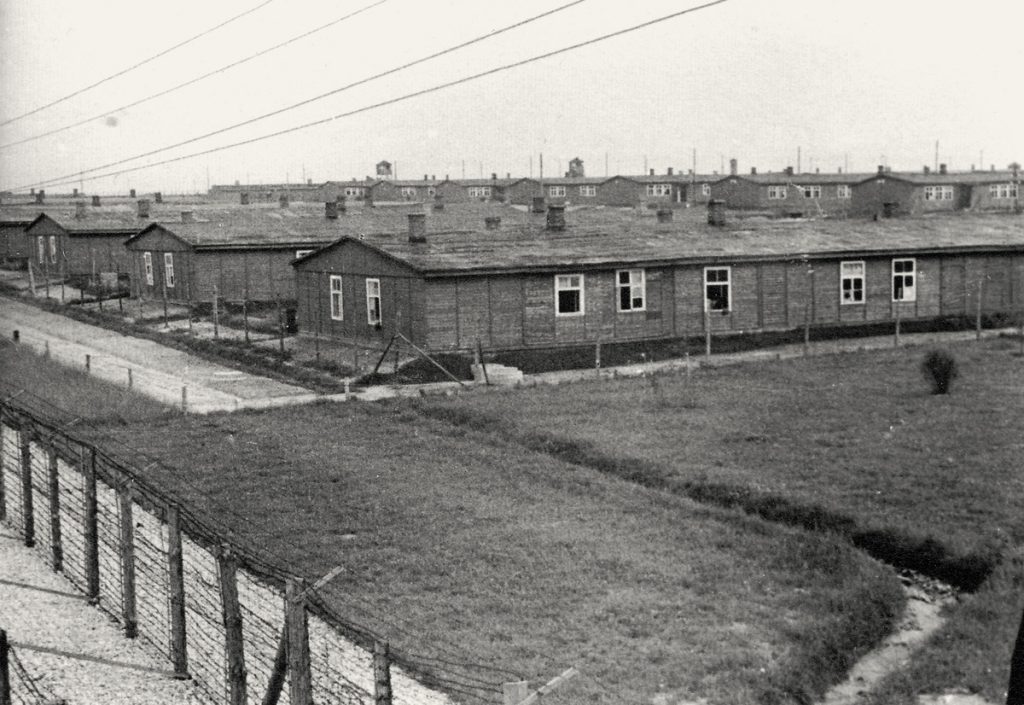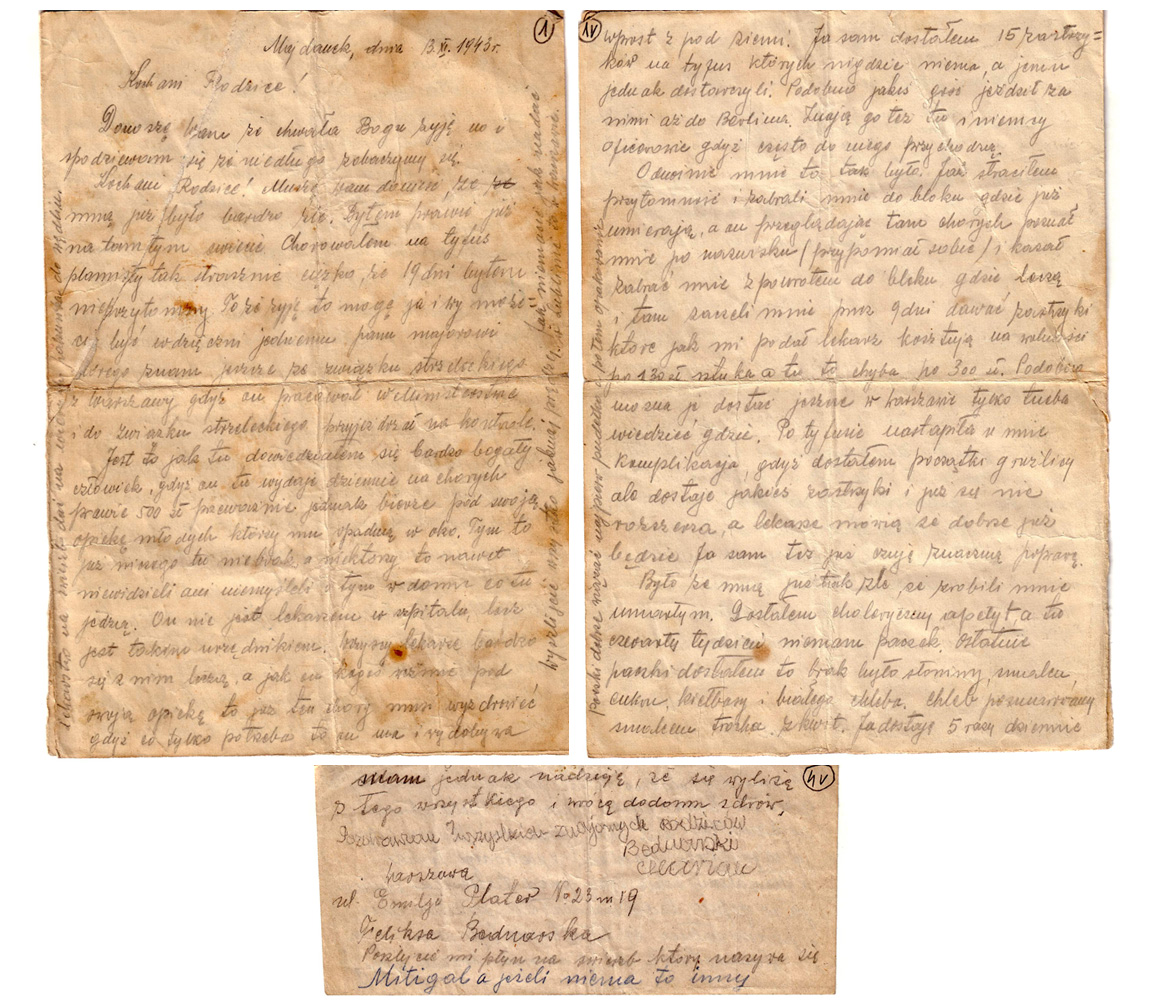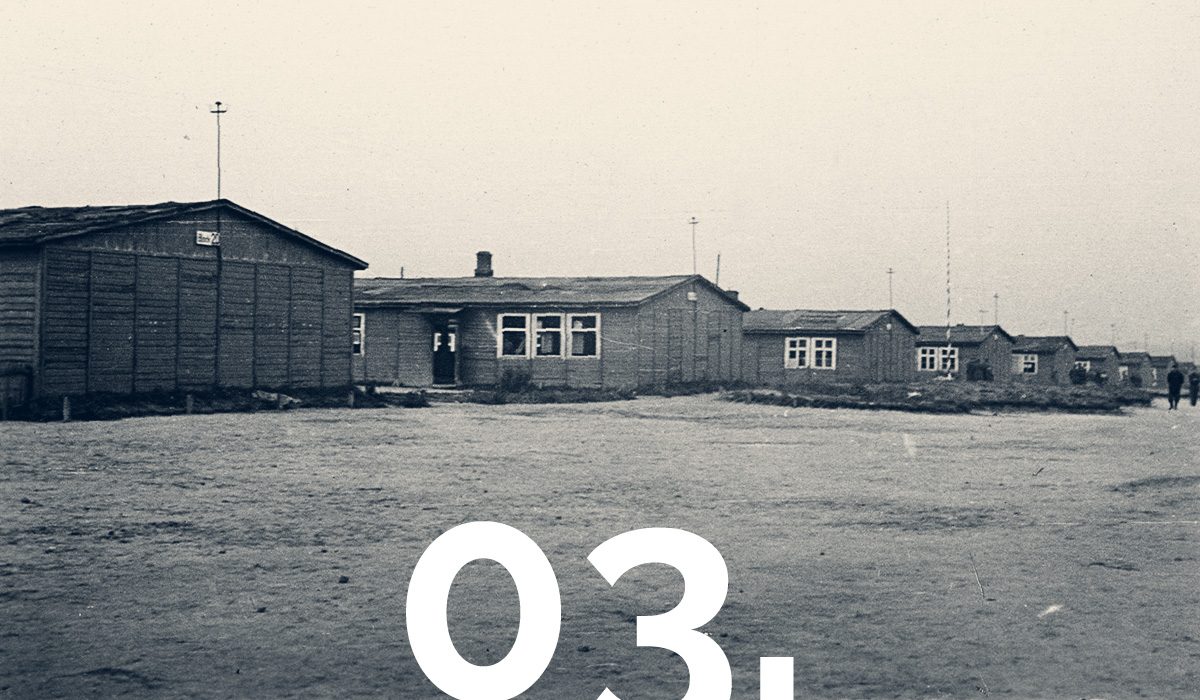For formal reasons, the establishment of an infirmary was included in the original plans of Majdanek concentration camp, however, in the beginning of its operation prisoners were deprived of any healthcare. The first physicians were brought to Majdanek from KL Sachsenhausen in late November 1941, followed by others from KL Dachau and KL Buchenwald in December 1941 and from KL Auschwitz in February 1942. At the time, their duties were limited to examining prisoners, burying bodies, or work at the clothing warehouse.
The first, provisional isolation room was organized in early 1942, when the infirmary was assigned to a single block in field I. The prisoners employed at the infirmary constituted a commando supervised by a kapo. Between December 1941 and February 1942, the function of kapo was served by a Polish doctor – Witold Kopczyński. Later it passed over to German functionaries: Revierkapo 1 – Ludwik Benden and Revierkapo 2 – doctor Otto Hett. In May 1943, Benden became the direct supervisor of all prisoner personnel at the infirmary. The prisoner-physicians answered directly to him, as did the other staff employed at infirmary barracks in all fields, including the female field.
As prisoner transports stated flooding in, the number of infirmary barracks increased. Initially, the male infirmary consisted of a surgery ward and an internist dispensary, as well as a dentist’s office. Gradually, additional barracks were established for surgical and infectious patients, as well as for convalescents. As Majdanek expanded and the typhus epidemic continued to spread, in the first quarter of 1943, a branch of the infirmary was set up in each of the respective fields.
In September 1943, the male infirmary was relocated to field V and the female camp, along with the female infirmary, to field I.
The evacuation of the male infirmary began in April 1944. Some of the doctors were moved to Gross-Rosen, and a large transport of patients accompanied by the Majdanek medical staff to KL Auschwitz. On the day of the final liquidation of the camp, 22 July 1944, doctors Franciszek Gabriel and Otto Hett still remained at the site and were executed during the last evacuation transport to KL Auschwitz.
Approximately 3,500 patients in total were hospitalized at the field V infirmary. The offices were located in the first barrack, the treatment room in the second, the convalescent ward in the third, surgery in the fourth, internist ward in the fifth, typhoid ward in the sixth, typhus fever ward in the seventh, and scabies ward in the eighth. The blocks on the other side were for patients suffering from tuberculosis, diarrhea, etc.
— Henryk Wieliczański, MD

Barracks in prisoner field I, PMM

Barracks in prisoner field V, PMM
Physicians, dentists and medical students at Majdanek
Index of names and selected biographical sketches
AUXILIARY PERSONNEL OF INFIRMARIES
Index of names and selected biographical sketches

Prisoner Tadeusz Ogrodowczyk’s secret letter informing his family about his state of health. The letter was scretly sent from the camp hospital, 1943, PMM
